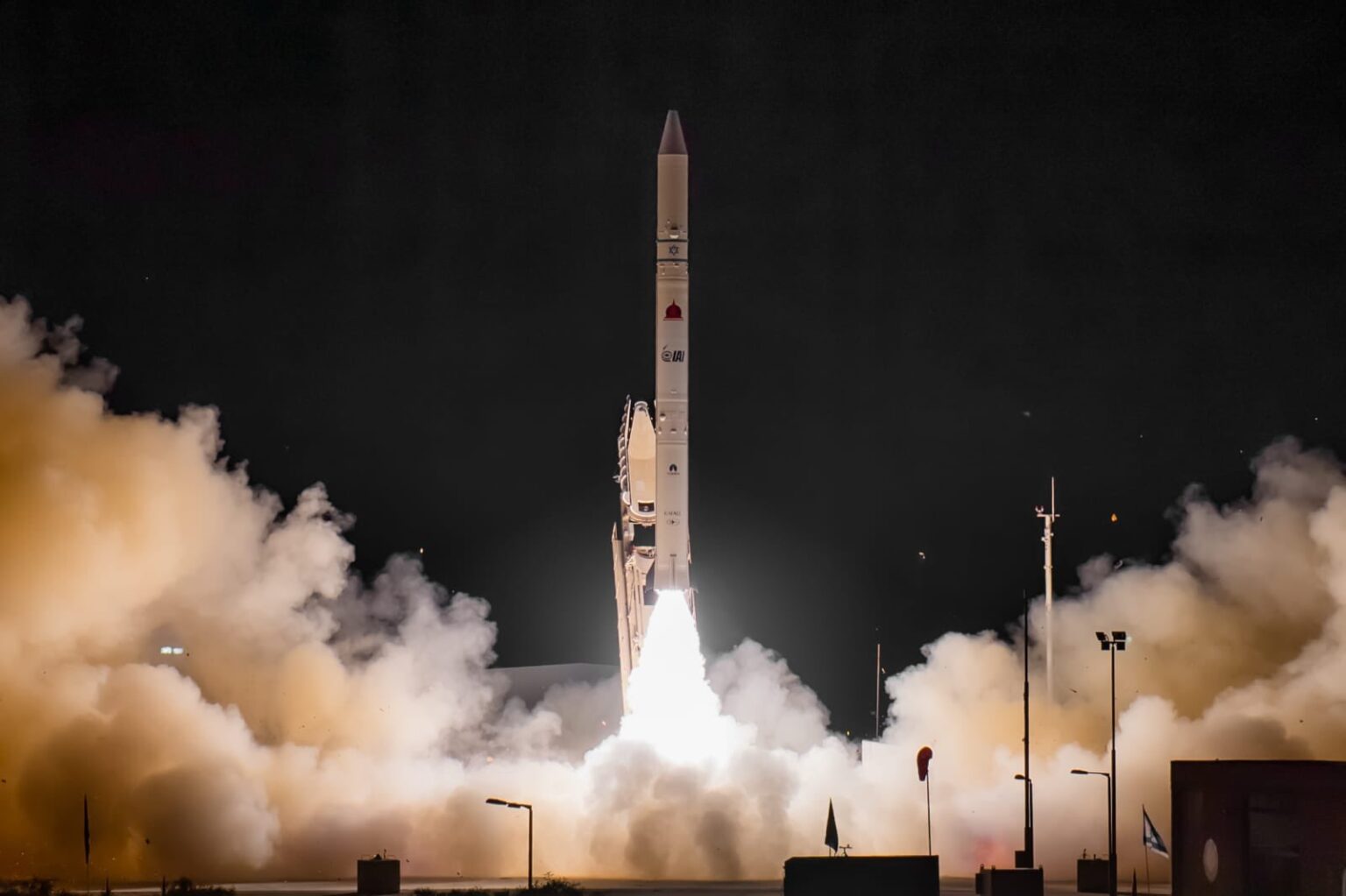On March 28, Israel carried out its first space launch in three years. The Shavit rocket successfully launched the Ofek-13 reconnaissance satellite into orbit.

If you look at the orbital parameters of Ofek-13, it is easy to notice something unusual: the satellite moves around the Earth in the “reverse” direction. While the vast majority of spacecraft revolve around our planet in the eastern direction (that is, according to the course of the Earth’s rotation), Ofek-13 does vice versa. But why is Israel launching “retrograde” satellites?
Israel’s space program
Due to its close alliance with the US, Israel can usually count on receiving up-to-date intelligence and launching its satellites on American launch vehicles. At the same time, the Israeli leadership was always aware that the situation in the world could radically change at any moment. A country should be able to independently provide for its needs in all areas that contribute to its survival, regardless of the capabilities of allies and even availability of those.

So, in the 1980s, Israel began work on gaining its own access to space. As early as 1988, the country successfully carried out its first orbital launch, becoming the eighth space state that mastered the cycle of creating its own satellites and launch vehicles.
The launch, which took place on March 28 this year, became the 12th space mission in Israel’s history. Ten of them were successful, two ended in failure. For all of them, the Shavit solid-propellant rocket was used, created on the basis of the Jericho ballistic missile.
The peculiarity of the geographical position of Israel
So why are all satellites launched from Israeli territory in retrograde orbit? It’s all about the country’s geographical location. Israel is surrounded on three sides by Muslim countries, most of which are hostile towards it, and some even refuse to recognize the very fact of its existence. In the case of an attempt to launch a rocket in the traditional eastern direction, or into a polar orbit, the spent first stages of the rocket will fall on their territory, which will definitely not improve Israel’s relations with its neighbors. In addition, if the launch ends in an accident, then a secret cargo will also fall on their territory.

Therefore, Israel has only one option: launch in the western direction. In this case, the missile flies over the Mediterranean Sea, over the Strait of Gibraltar and then over the Atlantic, without posing any threat to other countries.
The price of space independence
Of course, such a launch pattern is energetically disadvantageous. When launching eastwards, the rotation of our planet “helps” the rocket, giving it additional speed and increasing the payload. When launching westwards direction, the opposite is true: our planet brakes the rocket, reducing the maximum payload it can launch into orbit. But this is the price of space independence. And Israel is ready to pay it.

Precisely because of the energy disadvantage of missions in the western direction, Israel independently launches only military satellites that are critically important for its national security. As for its commercial and scientific vehicles, they are usually launched into orbit using Western and Indian rockets.

